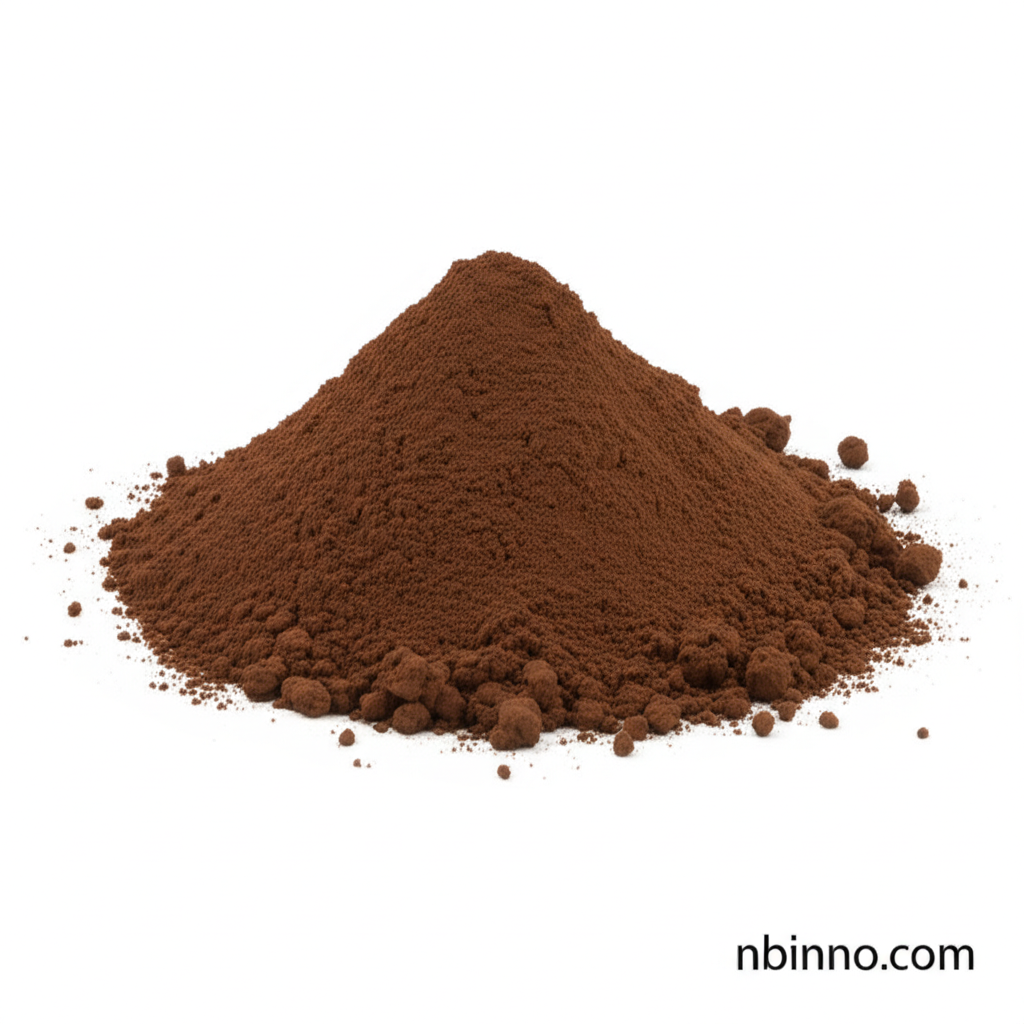High-Purity Tris(triphenylphosphine)ruthenium(II) Dichloride Supplier | Catalysis & Synthesis Applications
Discover a premier source for Tris(triphenylphosphine)ruthenium(II) Dichloride (CAS 15529-49-4), a vital organometallic compound essential for advanced organic synthesis and catalysis. We offer high-purity material, ensuring optimal performance for your research and manufacturing needs.
Get a Quote & SampleUnlock Advanced Synthesis with Our Tris(triphenylphosphine)ruthenium(II) Dichloride

Tris(triphenylphosphine)ruthenium(II) Dichloride
As a leading manufacturer and supplier of specialty chemicals in China, we provide high-purity Tris(triphenylphosphine)ruthenium(II) Dichloride (CAS 15529-49-4). This essential organometallic compound is crucial for numerous catalytic processes and as an intermediate in complex organic synthesis, offering researchers and procurement managers a reliable solution for their chemical sourcing needs.
- High Purity Guaranteed: Our Tris(triphenylphosphine)ruthenium(II) Dichloride offers a minimum purity of 97%, ensuring consistent and effective results in your applications.
- Versatile Catalytic Applications: This ruthenium complex is indispensable for various catalytic reactions, including cross-coupling, hydrogenation, and isomerization, enabling efficient C-C bond formation.
- Key Synthesis Intermediate: Utilize this compound as a crucial building block for synthesizing complex organic molecules, pharmaceuticals, and advanced materials.
- Reliable Sourcing from China: As a trusted supplier, we ensure stable availability and competitive pricing for this critical chemical, simplifying your procurement process.
Advantages of Partnering with Our Chemical Manufacturer
Exceptional Product Quality
Our commitment to stringent quality control ensures that every batch of Tris(triphenylphosphine)ruthenium(II) Dichloride meets demanding purity standards, crucial for the success of your high-value synthesis projects.
Expertise in Organometallic Chemistry
Leverage our deep understanding of organometallic compounds and catalysis. As a dedicated manufacturer, we provide technical insights to support your application of this specialized ruthenium catalyst.
Competitive Pricing and Availability
Benefit from direct sourcing from a leading China manufacturer. We offer competitive pricing and ensure a stable supply chain for Tris(triphenylphosphine)ruthenium(II) Dichloride, making it easier to buy and manage inventory.
Key Applications of Tris(triphenylphosphine)ruthenium(II) Dichloride
Catalysis in Organic Synthesis
Essential for driving reactions like olefin metathesis and cross-coupling, our Tris(triphenylphosphine)ruthenium(II) Dichloride is a go-to reagent for chemists seeking to build complex molecular structures efficiently.
Pharmaceutical Intermediates
This organometallic complex is a vital precursor and catalyst in the synthesis of active pharmaceutical ingredients (APIs) and drug candidates, contributing to the development of new therapeutics.
Advanced Material Development
Used in the creation of specialty polymers and functional materials, our high-purity Tris(triphenylphosphine)ruthenium(II) Dichloride supports innovation in material science and nanotechnology.
Coordination Chemistry Research
Researchers in coordination chemistry utilize this compound to explore novel metal-ligand interactions and develop new catalytic systems, driving fundamental scientific advancements.
